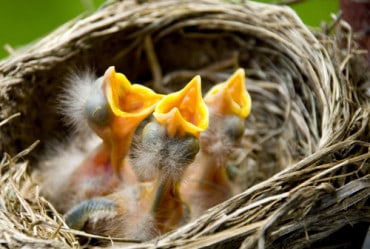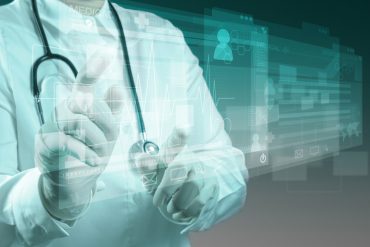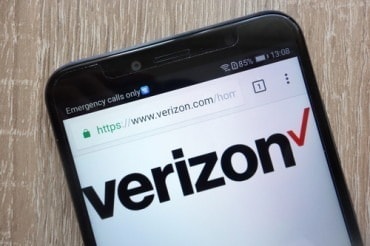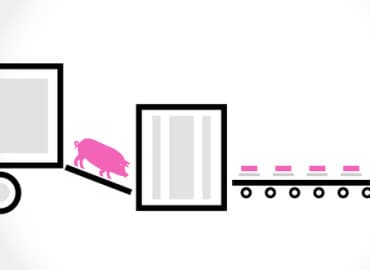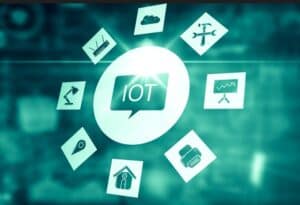
IoT ecosystems incorporate a diverse set of technologies from physical devices to cloud-based solutions and connectivity options. That is enabling IoT technology to impact us as consumers in so many ways that we might not even realize.
The Internet of Things (IoT) is a cohesive system of connected computing devices, mechanical and digital machines, or objects with the ability to transfer data over a network without requiring human-to-human or human-to-computer interaction. The use of IoT continues to grow in many typical areas, from smart cities and connected offices, and, into a larger enterprise point of view, throughout manufacturing, transportation, and utility organizations.
Making use of connected sensors and other IoT devices, however, has made its way into more unexpected industries and use cases too. IoT’s real-time data is used to enhance home plant care, help farmers produce food for our growing global population on a mass scale, and even support dignity in care for the elderly and sick. IoT is making waves in a vast array of industries to enhance efficiency across many industrial and consumer use cases. Below, I’ll walk you through some of these particularly unexpected applications.
See also: Can Democratization Save Businesses Drowning in IIoT Data?
Home Plant Care
The COVID-19 pandemic had a huge impact on consumers’ buying decisions and practices. One of those differences? An 18% increase in the demand for house plants. While many believe that having more house plants can increase indoor air quality levels or overall well-being by surrounding yourself in nature while at home, not everyone has a green thumb to support and care for these new plants throughout our homes. The solution to keeping succulents, ferns, and fiddle leaf figs alive when a natural aptitude for plant care is missing lays in the hands of technology. IoT technology, to be exact. IoT-enabled sensors allow plant owners to seamlessly monitor temperature, humidity, and salt levels found in the soil. IoT technology like this, matched with a Cloud-based plant management platform, allows users to monitor the status of their plants from anywhere and make adjustments to their approach to plant care as needed.
These sensors can transmit information across a wide breadth of coverage while keeping energy use more sustainable – making the transmission of real-time plant data to growers and owners key to sustaining plant life in a more efficient way. Solutions like this are not just about improving plant health and resiliency, though. By nature, IoT projects are extremely agile, so plant care solutions can be scaled anywhere from the everyday plant enthusiast to large-scale businesses that need real-time information, automated and intelligent plant care advice, or a smart irrigation system. With such tools in place, plant owners on any scale can water plants only when needed in order to optimize water consumption.
See also: How IoT in Transportation Makes Big Data Valuable for Businesses
Cattle Tracking
Farmland is vast, and monitoring livestock can be a huge challenge to farmers. In fact, there are more than 700,000 cattle farms, ranches, and feed yards in the United States alone, with livestock grazing nearly 614 million acres. To put that in greater perspective, 614 million acres is nearly 27% of total U.S. land.
With cattle grazing such vast amounts of land, tools like IoT-equipped smart ear tags can monitor livestock location for real-time location data. The tags can also analyze the cattle’s behavioral data over time to solve larger livestock management issues. When IoT takes advantage of low-power, long-range connectivity, organizations can develop more efficient and far-reaching sensing solutions. With the integration of IoT-connected sensors and long-range, wide area networking, smart global positioning system (GPS) ear tags can help farmers enhance their operations from smarter farming or precision agricultural practices. Precision agriculture means that animals get precisely the food, care, or treatment they need at the right moment, determined with great accuracy, thanks to the latest technology. Precision agriculture allows actions to be taken per square meter or even per plant or animal for optimal and sustainable production.
With approximately 1.5 million cattle and nearly 978 million pigs bred around the world, farmers have an increased demand to lessen greenhouse gas emissions, enhance animal welfare and answer consumers’ needs around complete traceability and quality assessment from farm to fork. IoT technology helps farmers meet these needs.
Elder Care
Believe it or not, there’s more than one way to bring our elders into the next digital revolution. It doesn’t just mean connecting them to smartphones or video conferencing tools to connect with family near and far. Electronics are enhancing lives from a care perspective as well. IoT technology has been providing support to the healthcare sector for managing assets, patients, and inventory, but it can also play a large part in ensuring proper care for patients as well.
For example, IoT-enabled diaper tags can alert caregivers via an app when elderly or sick patients need to be changed. Not only does this improve the quality of life for patients, but it improves patient outcomes, especially for those who have trouble communicating directly with caregivers.
When an individual wears a smart diaper, its integrated sensors continually monitor moisture status within an absorbent core. Sensors can be designed to detect not only whether moisture is present but also how much and how it is spread. Connected sensors can send the data needed to a gateway via long-range, wide area networking sensors attached to the diaper. From there, the data, forwarded to a server, is interpreted and managed in a software solution.
Healthcare applications such as this one, which closely relates to the quality of life, offer a high level of care without unnecessary interruptions to daily and nighttime routines. This not only offers the patient a higher comfort level but also families in knowing that technology is helping ensure that their loved ones are being properly cared for as well.
Never Underestimate the Power of IoT
The IoT ecosystem incorporates a diverse set of technologies – from physical devices to Cloud-based solutions and connectivity options. Seeing how these technologies work side by side to provide great solutions across key industries is inspiring to see how, with the help of IoT, the technology works to better so many key practices that impact our lives. From trying to better mass-scale agricultural practices to lessen the environmental impact to bringing greener practices into our homes and, so importantly, managing the care of our close relatives throughout times of need, IoT technology is impacting us as consumers in so many ways that we might not even realize.



